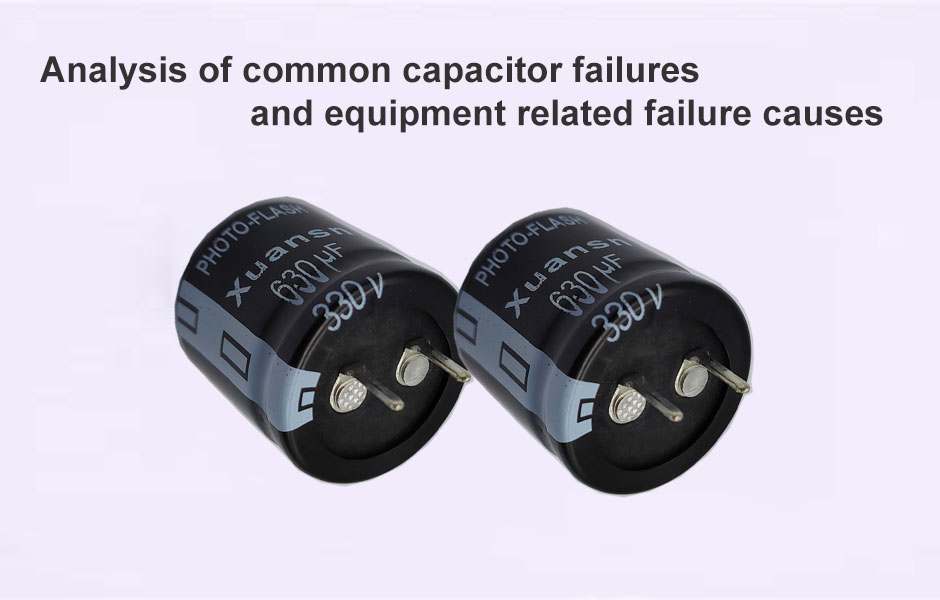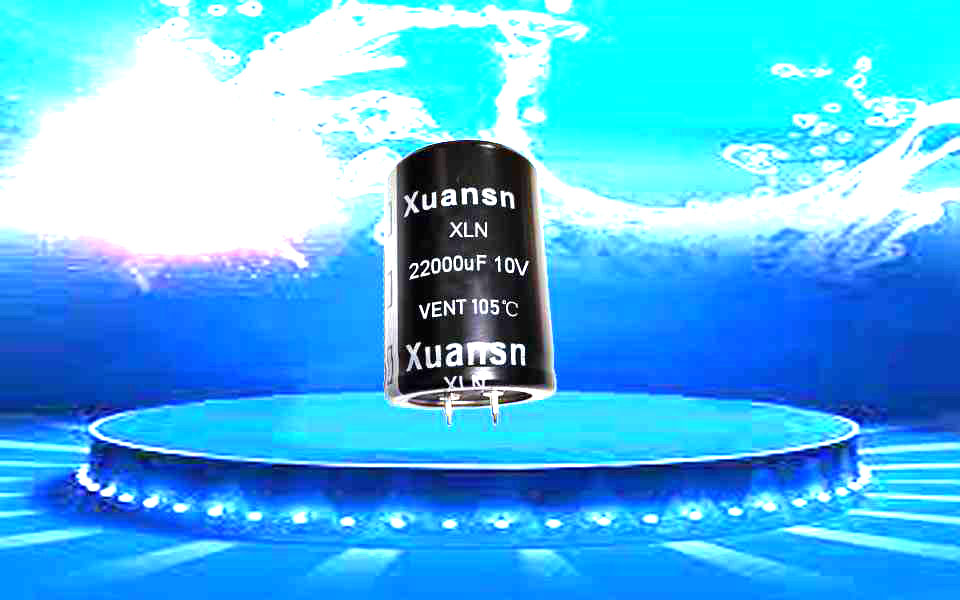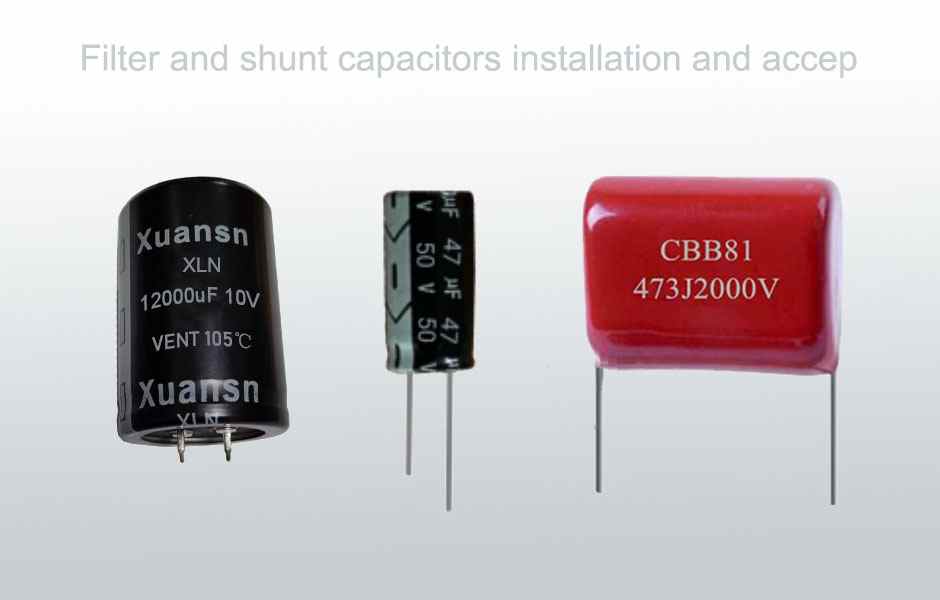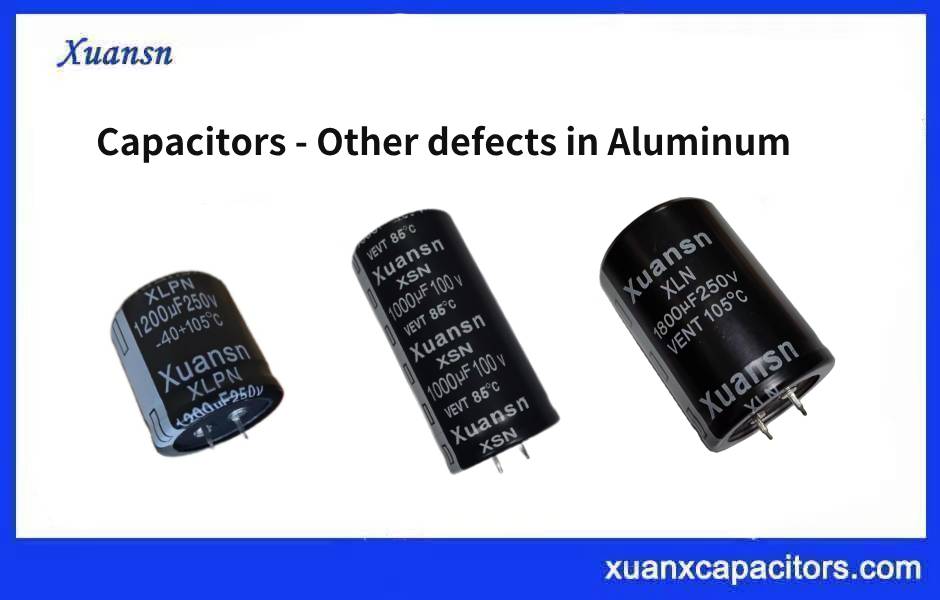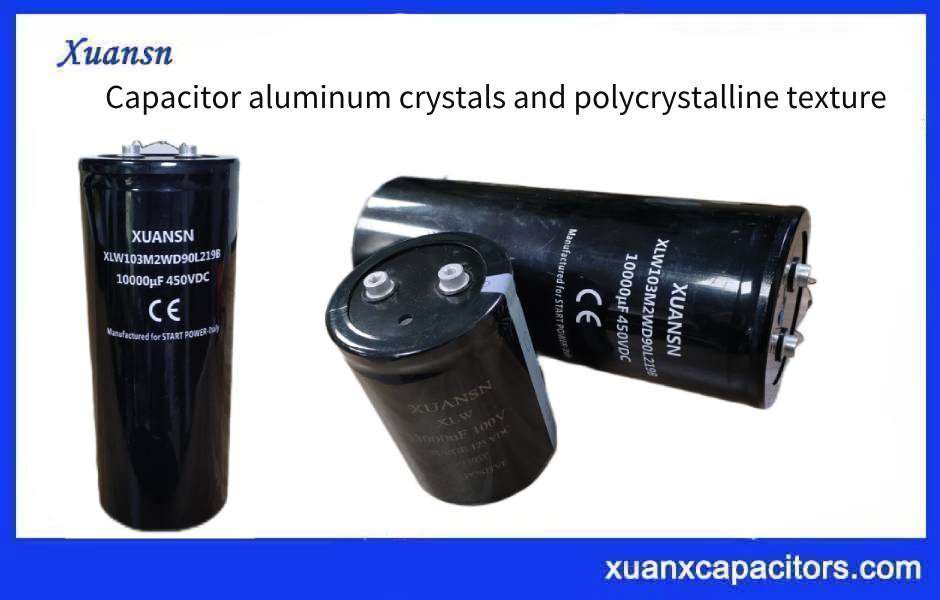Monolithic ceramic capacitors (commonly known as chip capacitor) are commonly used components that are currently used in relatively large quantities. For the chip capacitor produced by xuansn, there are different specifications such as NPO, X7R, Z5U, and Y5V, and different specifications have different uses. Below we only introduce the performance and application of the commonly used NPO, X7R, Z5U and Y5V, as well as the ordering items that should be paid attention to in the procurement to attract everyone’s attention. Different companies may have different naming methods for the above-mentioned different performance capacitors. Here we quote the naming method of xuansn company. For products of other companies, please refer to the company’s product manual.
The main difference between NPO, X7R, Z5U and Y5V is their different filling media. In the same volume, the capacity of the capacitor composed of different filling medium is different, and the dielectric loss and capacity stability of the capacitor are also different. Therefore, when using a capacitor, different capacitors should be selected according to the different functions of the capacitor in the circuit.
One NPO capacitor
NPO is one of the most commonly used chip capacitor with temperature compensation characteristics. Its filling medium is composed of rubidium, samarium and some other rare oxides.
NPO capacitors are one of the most stable capacitors in capacitance and dielectric loss. When the temperature is from -55℃ to +125℃, the capacity change is 0±30ppm/℃, and the change of capacitance with frequency is less than ±0.3ΔC. The drift or hysteresis of NPO capacitors is less than ±0.05%, which is negligible relative to film capacitors greater than ±2%. The variation of its typical capacity relative to the service life is less than ±0.1%. NPO capacitors have different characteristics of capacitance and dielectric loss with frequency depending on the packaging form. The frequency characteristics of the large package size are better than the frequency characteristics of the small package size. The following table shows the range of capacity that can be selected for NPO capacitors.
Package DC=50V DC=100V
0805 0.5—1000pF 0.5—820pF
1206 0.5—1200pF 0.5—1800pF
1210 560—5600pF 560—2700pF
2225 1000pF—0.033μF 1000pF—0.018μF
NPO capacitors are suitable for tank circuit capacitors of oscillators and resonators, as well as coupling capacitors in high-frequency circuits.
Two X7R capacitors
X7R capacitors are called temperature-stable ceramic capacitors. When the temperature is between -55℃ and +125℃, its capacity change is 15%. It should be noted that the change of capacitor capacity is nonlinear at this time.
The capacity of the X7R capacitor is different under different voltage and frequency conditions, and it also changes with time, about 1%ΔC changes every 10 years, which represents a 10 year change of about 5%.
X7R capacitors are mainly used in low-demand industrial applications, and when the voltage changes, the capacity change is acceptable. Its main feature is that the capacitance can be made relatively large under the same volume. The following table shows the capacity range that can be selected for X7R capacitors.
Package DC=50V DC=100V
0805 330pF—0.056μF 330pF—0.012μF
1206 1000pF—0.15μF 1000pF—0.047μF
1210 1000pF—0.22μF 1000pF—0.1μF
2225 0.01μF—1μF 0.01μF—0.56μF
Three Z5U capacitor
Z5U capacitors are called “universal” ceramic monolithic capacitors. The first thing to consider here is the operating temperature range. The main thing for the Z5U capacitor is its small size and low cost. For the above three ceramic monolithic capacitors, the Z5U capacitor has the largest capacitance under the same volume. However, its electrical capacity is greatly affected by the environment and working conditions, and its aging rate can drop by up to 5% every 10 years.
Although its capacity is unstable, it has a wide range of applications due to its small size, low equivalent series inductance (ESL) and low equivalent series resistance (ESR), and good frequency response. Especially in the application of decoupling circuit. The following table shows the value range of the Z5U capacitor.
Package DC=25V DC=50V
0805 0.01μF—0.12μF 0.01μF—0.1μF
1206 0.01μF—0.33μF 0.01μF—0.27μF
1210 0.01μF—0.68μF 0.01μF—0.47μF
2225 0.01μF—1μF 0.01μF—1μF
Other technical indicators of Z5U capacitors are as follows:
Operating temperature range +10℃ — +85℃
Temperature characteristics +22% —- -56%
Dielectric loss max. 4%
Four Y5V capacitor
The Y5V capacitor is a general-purpose capacitor with a certain temperature limit, and its capacity can vary from +22% to -82% in the range of -30°C to 85°C.
The high dielectric constant of Y5V allows capacitors up to 4.7μF to be manufactured in a small physical size.
The value range of Y5V capacitor is shown in the table below
Package DC=25V DC=50V
0805 0.01μF—0.39μF 0.01μF—0.1μF
1206 0.01μF—1μF 0.01μF—0.33μF
1210 0.1μF—1.5μF 0.01μF—0.47μF
2225 0.68μF—2.2μF 0.68μF—1.5μF
Other technical indicators of Y5V capacitors are as follows:
Working temperature range -30℃ — +85℃
Temperature characteristics +22% —- -82%
Dielectric loss max. 5%
